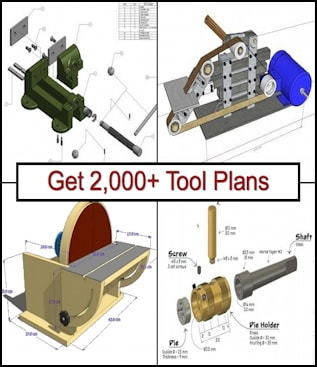I'm fixing to sell my old Craftsman table saw as it is loud and doesn't run very smoothly. My wife had a new Craftsman bench saw that was purchased years ago and has been in a box all this time. I really like it so I made a stand for it out of 1x4 whitewood boards. I bought 3 10' boards and that was enough. I like the way it came out and it is very sturdy and not too heavy. If anyone is interested I can post photos and details of its construction.



 LinkBack URL
LinkBack URL About LinkBacks
About LinkBacks



 Reply With Quote
Reply With Quote




Bookmarks